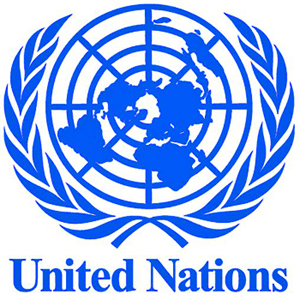
Global migrant workers sent back to their home countries 445 billion dollars in 2016, lifting millions out of poverty, a report released by a UN agency has said.
The report, titled Sending Money Home: Contributing to the SDGs, One Family at a Time and published on Wednesday, said currently about 200 million migrants, by sending money home, have supported some 800 million family members globally.
Women now comprise about half of all remittance senders, and it is believed that this trend can help advance gender equality and women’s empowerment through financial independence and better employment opportunities.
The report, by the UN International Fund for Agricultural Development, said that remittance flows have grown over the last decade at an average rate of 4.2 per cent annually, from 296 billion dollars in 2007 to 445 billion dollars in 2016.
The top 10 sending countries account for almost half of annual flows, led by the U.S., Saudi Arabia and Russia.
Up to 80 per cent of remittances are received by 23 countries, led by China, India, the Philippines, Mexico and Pakistan.
As to the remittance transfer method, cash-to-cash remains the most common form, while mobile phone networks, internet-based tools and digital money in various forms present a potentially transformative force for sending and receiving money.
The report also pointed out that the most important objective going forward should be to leverage the potential development impact on the receiving side by providing remittance-receiving families better opportunities to use their money productively.